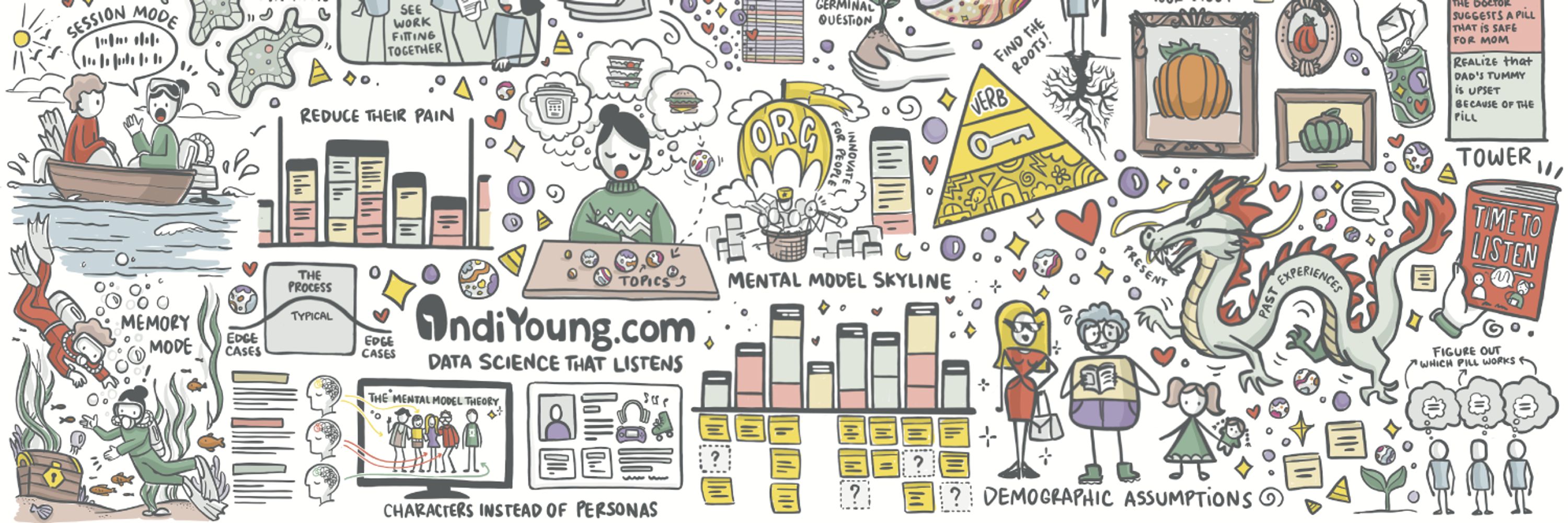Indi Young
@indiyoung.bsky.social
1.4K followers
190 following
930 posts
Data Science that Listens - indiyoung.com
Book - Time to Listen indiyoung.com/books/
Systems thinking research for solutions that support human variety. (Fully human made posts & illustrations; no use of AI)
Posts
Media
Videos
Starter Packs









